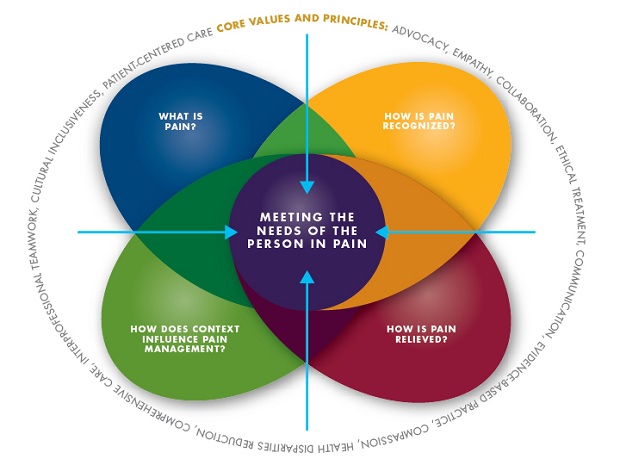Integrating pain competencies into curricula

Promoting change through medical and nursing education
The ongoing epidemic of prescription and illicit opioid abuse, addiction and overdose leads to continuing calls for an increased emphasis in medical, nursing and other health schools regarding issues in pain management. One way to drive that change is to work from the bottom up and change the core competencies that prelicensure students are expected to learn, as well as change the questions on licensure examinations to assess those competencies.
Pain management core competencies
A peer-reviewed set of core competencies for pain management were developed in 2013 and led by a team of North American pain experts from multiple professions. These competencies are specific, actionable and consistent with the latest professional practice guidelines. They can form the foundation on which change can be built.
See Interprofessional Pain Management Competency Program
Going beyond the competencies — medical and nursing school guides
One effort conducted at UC Davis was a detailed comparison of the 2013 core competencies in pain management with published sets of core competencies for both medicine and nursing students. The UC Davis team created reference guides to help faculty members integrate pain management content into curricula while meeting the requirements of the American Association of Colleges of Nursing’s Essentials of Baccalaureate Education for Professional Nursing Practice as well as the Association of American Medical Colleges’ Physician Competency Reference Set.
See Strengthening Pain Content in Baccalaureate Nursing Curricula guide (PDF)
See Strengthening Pain Content in Medical School Curricula guide (PDF)


